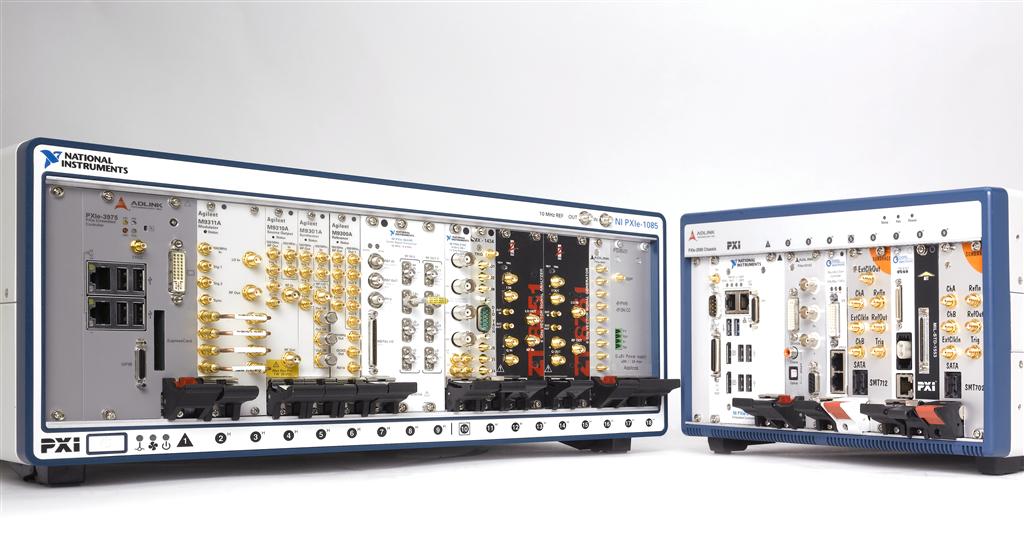Description
The National Instruments SCXI-1102C Voltage Input Module, with a part number of 776572-02C, incorporates a three-pole lowpass filter with a cutoff frequency of 10 kHz. It is equipped with 32 differential analog input channels and can handle a maximum working voltage of ±10 V. A suggested warm-up time of 20 minutes is recommended for optimal performance.
This module supports a variety of measurements including current input, thermistors, voltage input, RTD, and thermocouple. Its power requirements are modest, needing just 15 mA maximum at 5 V, and 150 mA maximum at ±15 V. The gain/input range is software-configurable, giving users the flexibility to select a gain of either 1 or 100 per channel.
Configuration can be done through various software options such as NI-DAQmx functions, using Task or Global Channel within the Measurement & Automation Explorer (MAX), or Legacy ADE functions. Additionally, users can access Virtual Channels properties and Module property pages in MAX for adjustments. Calibration of the device is recommended at least once a year to maintain accuracy.
The SCXI-1102C is relatively lightweight at 24.6 ounces and has compact dimensions of 1.2 x 6.8 x 8.0 inches, allowing for easy integration into various setups.
| Feature | Specification |
|---|---|
| Product Name | National Instruments SCXI-1102C Voltage Input Module |
| Part Number | 776572-02C |
| Filter Type | Three-Pole Lowpass |
| Cutoff Frequency | 10 kHz |
| Analog Input Channels | 32 Differential |
| Maximum Working Voltage | ±10 V |
| Suggested Warm-Up Time | 20 minutes |
| Measurements Supported | Current input, thermistors, voltage input, RTD, and thermocouple |
| Power Requirement | 15 mA max at 5 V, 150 mA max at ±15 V |
| Gain/Input Range | Software-configurable, selectable gain of 1 or 100 per channel |
| Software Configuration Options | NI-DAQmx functions, Task or Global Channel using MAX, ADE functions (Legacy), Virtual Channels properties in MAX, Module property pages in MAX |
| Calibration | Recommended at least once a year |
| Weight | 24.6 oz |
| Dimensions | 1.2 x 6.8 x 8.0 inches |
Q1: What are the dimensions and weight of the National Instruments SCXI-1102C Voltage Input Module, and how often is calibration recommended for maintaining its accuracy?
A1: The National Instruments SCXI-1102C Voltage Input Module has dimensions of 1.2 x 6.8 x 8.0 inches, weighs 24.6 ounces, and calibration is recommended at least once a year to maintain its accuracy.
Q2: What is the recommended calibration frequency for the National Instruments SCXI-1102C Voltage Input Module to ensure its accuracy?
A2: The National Instruments SCXI-1102C Voltage Input Module is recommended to be calibrated at least once a year to maintain its accuracy.
Q3: What type of input measurements does the National Instruments SCXI-1102C Voltage Input Module support, and what is its recommended calibration frequency?
A3: The National Instruments SCXI-1102C Voltage Input Module supports measurements such as current input, thermistors, voltage input, RTD, and thermocouple, with recommended power requirements of 15 mA maximum at 5 V and 150 mA maximum at ±15 V.
Q4: What is the process recommended for calibrating the National Instruments SCXI-1102C Voltage Input Module, and how frequently should it be performed to ensure accurate performance?
A4: The calibration process for the National Instruments SCXI-1102C Voltage Input Module involves using NI-DAQmx functions or the Measurement & Automation Explorer (MAX) for adjustments, and it is recommended to perform this calibration at least once a year to maintain accurate performance.
Q5: What measurements does the National Instruments SCXI-1102C Voltage Input Module support, and what are its recommended power requirements?
A5: The National Instruments SCXI-1102C Voltage Input Module supports input measurements such as current input, thermistors, voltage input, RTD, and thermocouple, and it is recommended to be calibrated at least once a year to maintain accuracy.


